Getting a dog for your parents or grandparents is more than just getting a pet for them. By doing so, you provide them with a companion that brings joy, comfort, and purpose. Daily activities like walking, feeding, and caring for a dog can help seniors feel more connected and promote well-being.
But before you proceed, you should do your homework about which breed will be perfect for your loved ones, especially if they have mobility issues. It is important to understand the exercise requirements of different dog breeds, as some require extensive daily exercise to stay healthy and happy.
High-maintenance breeds can require regular professional grooming, which can be costly and physically demanding for seniors. Continue reading our article to know about seven dog breeds that you should avoid while getting a dog for senior citizens with mobility issues.
Dog Breeds To Avoid For Seniors With Mobility Issues
1. Doberman Pinscher
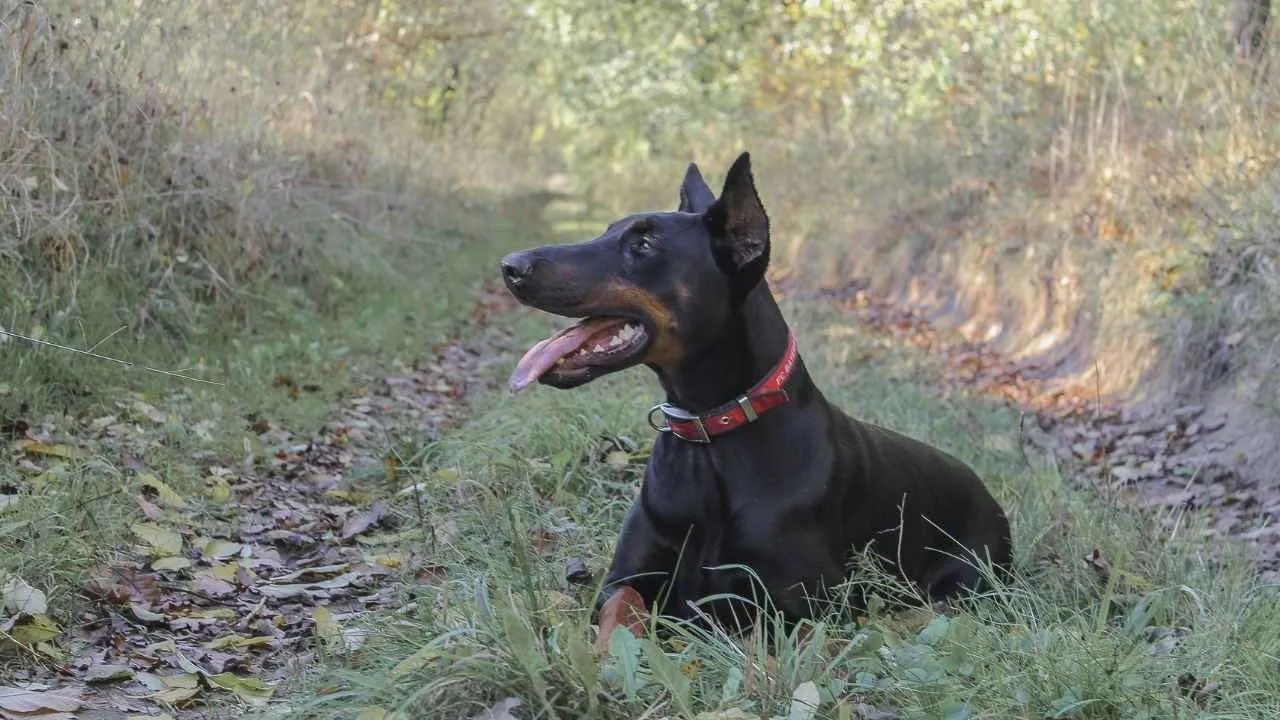
Doberman Pinschers were originally bred by Louis Dobermann to protect him while he was collecting taxes and carrying money, as mentioned by Wikipedia. The Doberman Pinscher, while loyal and intelligent, can be a difficult choice for seniors with mobility issues.
Their high energy, strength, and need for firm handling may prove too demanding for someone who requires a calmer, more manageable companion.
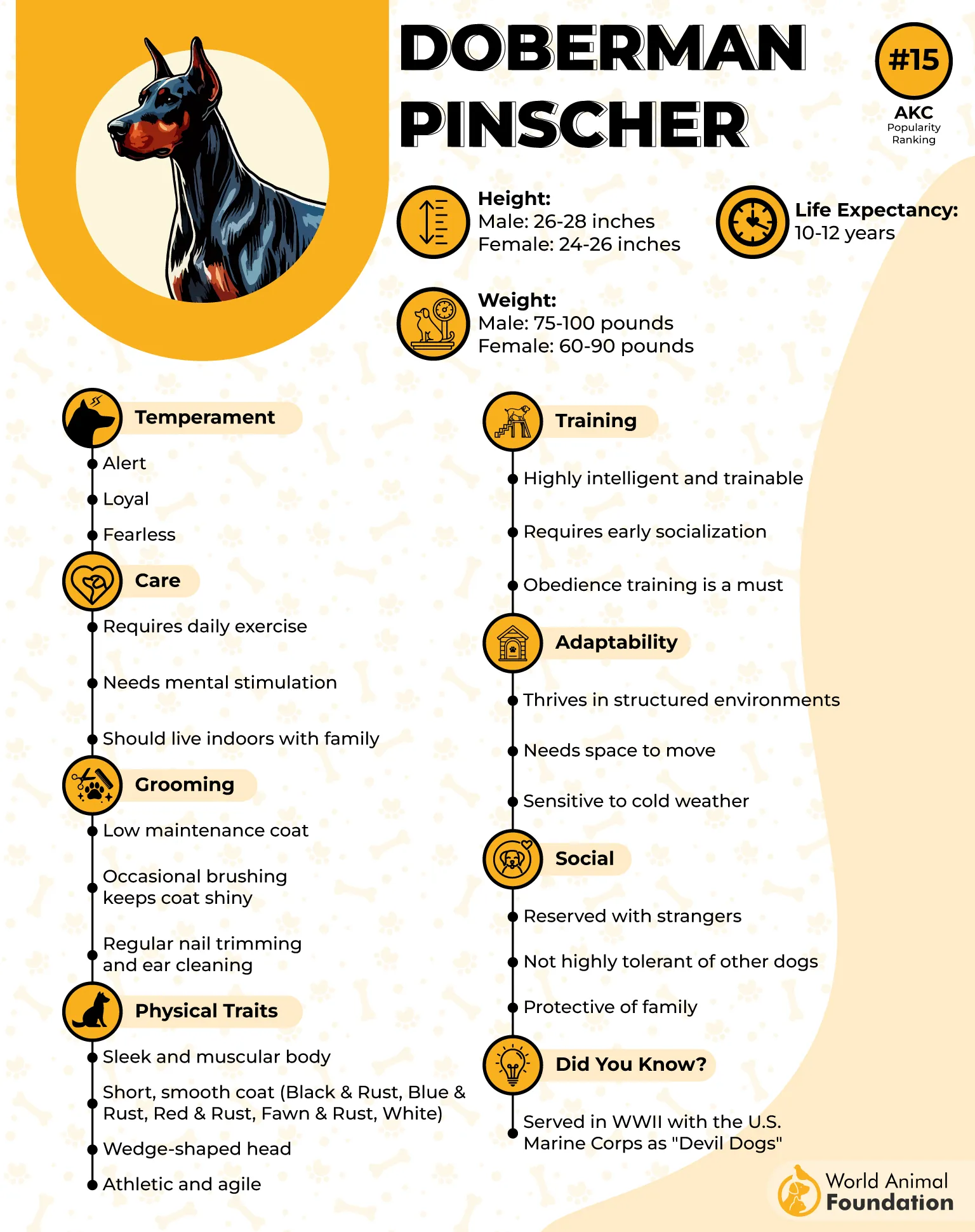
Excessive Barking
Since they were originally bred to protect, these dogs are naturally alert and watchful. However, this may become an inconvenience for the elderly because with the alertness of these dogs comes excessive barking. This can cause problems for those who prefer a peaceful and calm environment.
Overly Aggressive behavior
Doberman Pinschers have a higher predisposition toward aggression, which may not be suitable for elderly pet owners. Due to this, they can be hard to deal with for seniors with mobility issues.
2. Dalmatian
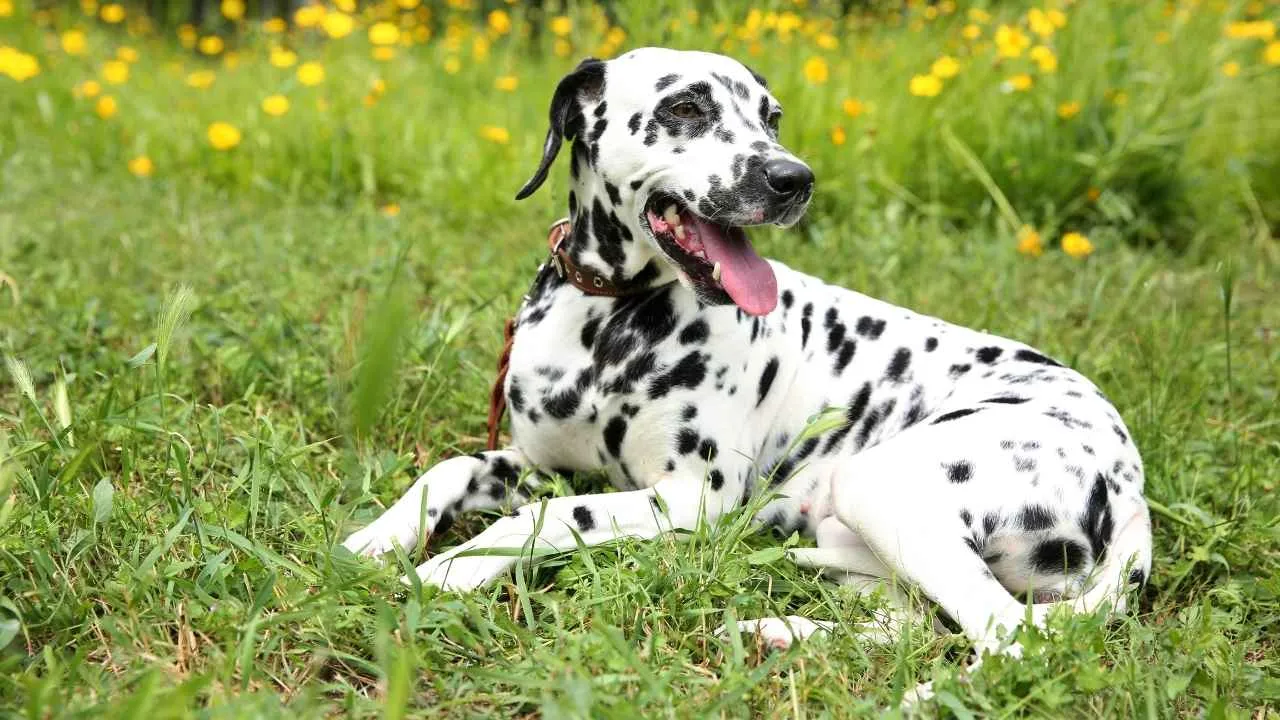
Dalmatians are known as the original fire dogs because they used to run alongside fire carriages during the 1700s. According to PetMD, they used to act as sirens and signaled people to move out of the carriage’s way by using their bark.
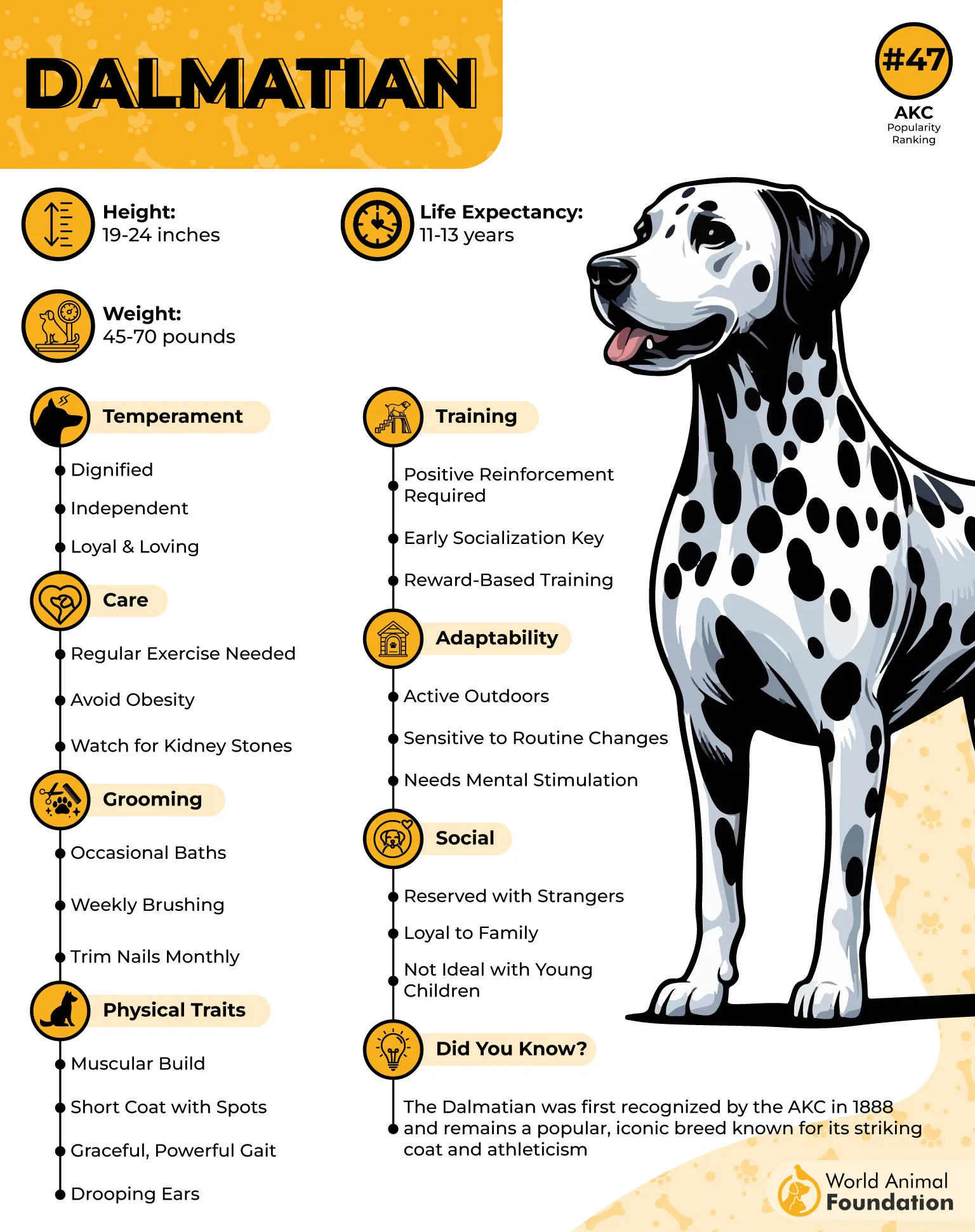
High Exercise Requirement
Breeds like Dalmatians require plenty of exercise and consistent training, which might be taxing for some seniors. Beneath their spotted coat lies a bundle of energy that demands an active and outgoing owner. If their needs for stimulation are not met, they can resort to behaviors like chewing or excessive and unwanted barking.
Strong Pullers
Due to the high levels of energy, Dalmatians have a strong tendency to pull on their leash when they become excited or go on walks. This can make it hard for people with limited mobility to take them for a walk or handle them inside their home. This quality makes Dalmatians one of the most unsuitable dog breeds for seniors.
3. Labrador Retriever
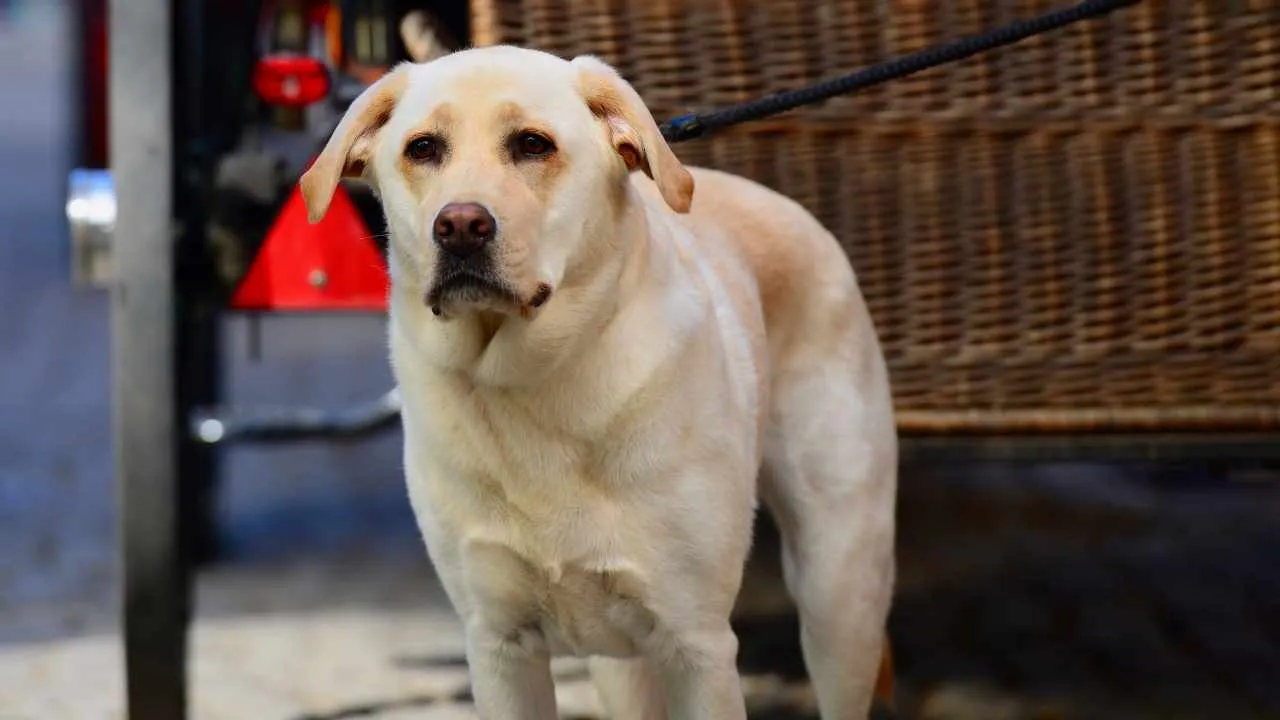
As lovable as they are, Labrador Retrievers may not be the best choice for seniors. Their boundless energy, strength, and need for constant activity can become overwhelming, especially for older owners who might prefer a calmer, lower-maintenance companion. The Labrador Retriever is known for being one of the most famous breeds in the U.S.
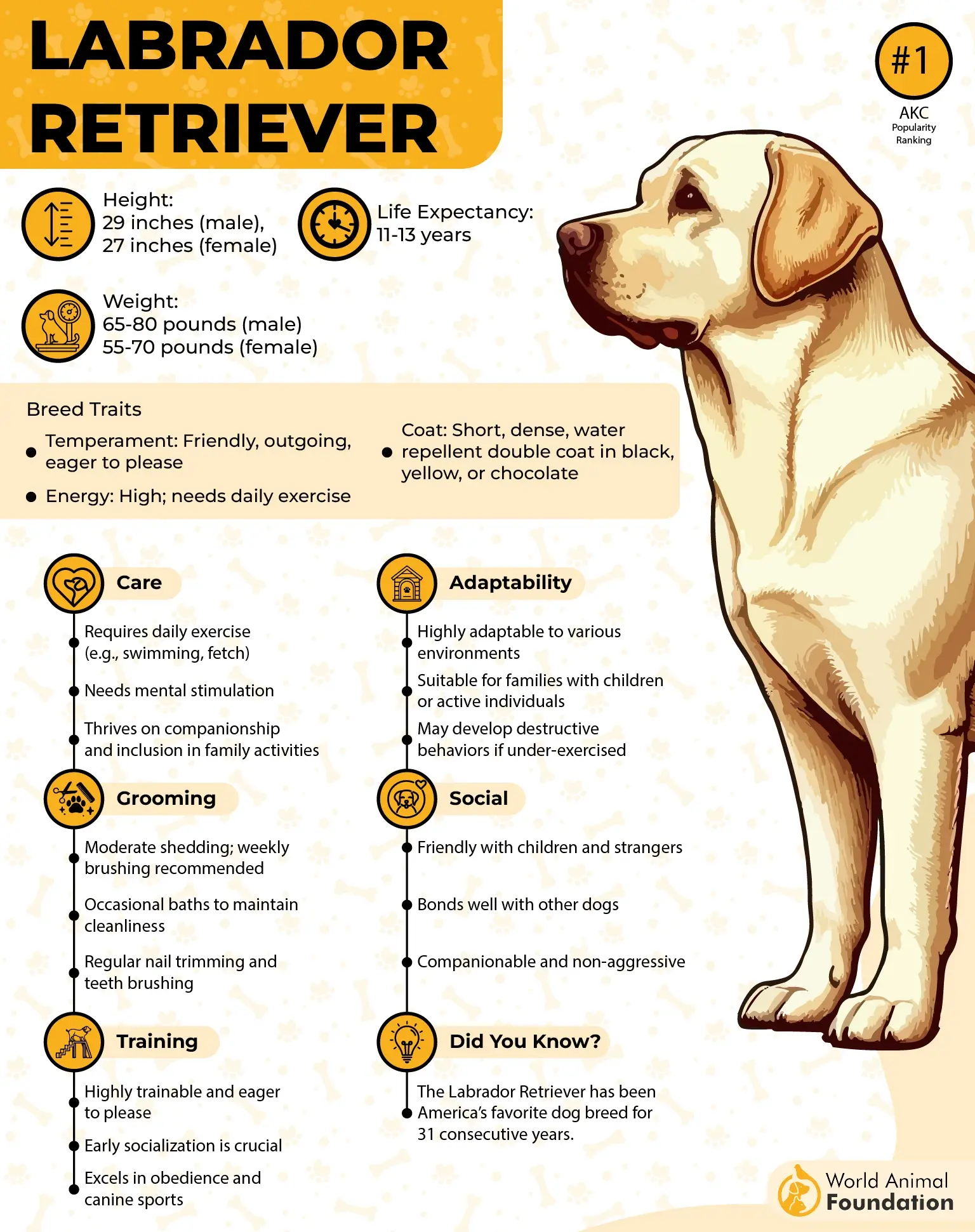
Physical and Mental stimulation
Labrador Retrievers have an extremely affectionate nature, but they require a significant amount of attention, time, and exercise to stay healthy and happy, which may not be manageable for seniors. They are not the perfect match for a person who loves to lounge around at home or someone with mobility issues.
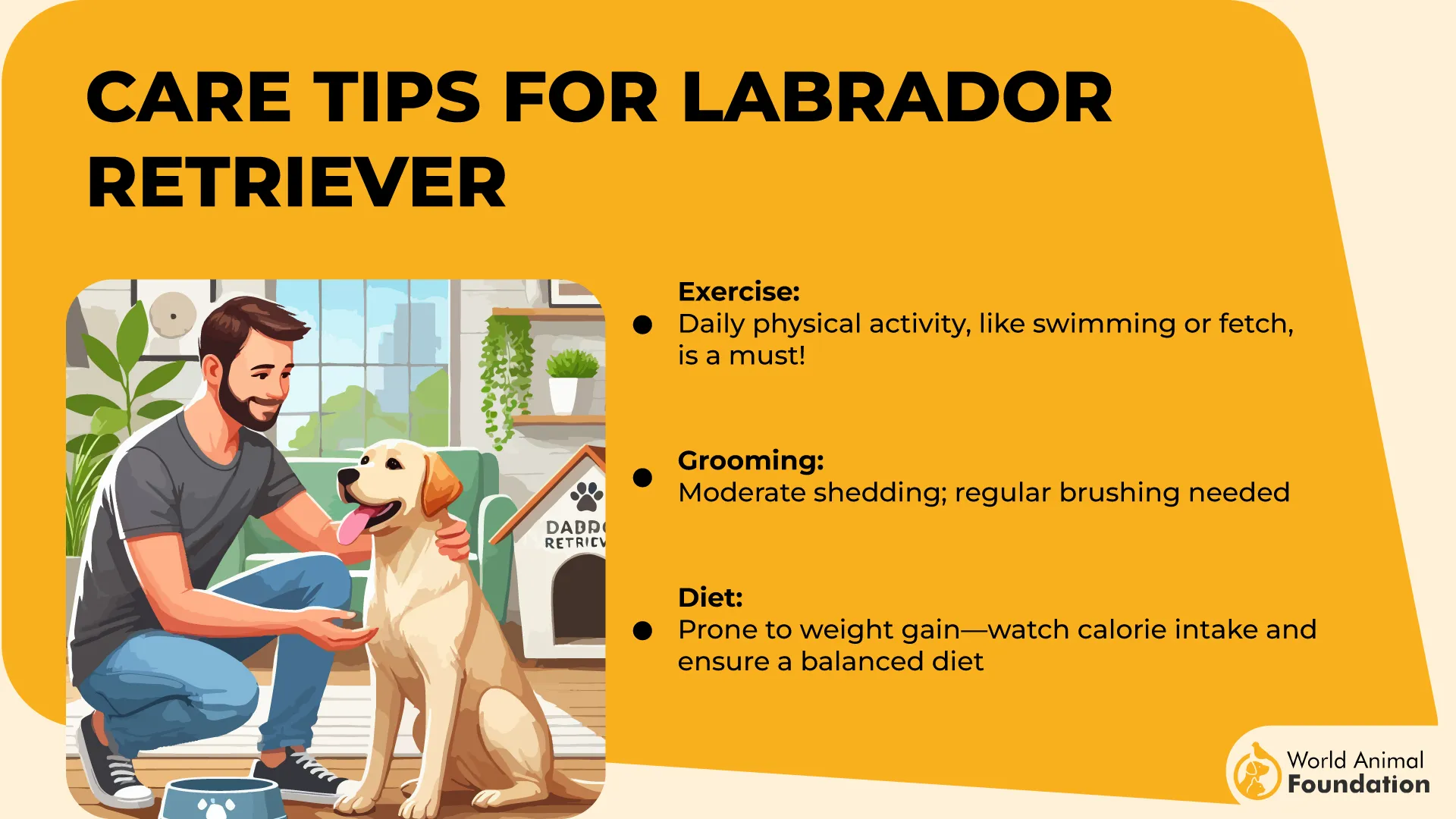
Prone to Hip Dysplasia
According to the AKC, Labs have a huge risk of getting Hip dysplasia. This genetic disposition, combined with their high exercise and stimulation needs, can make them quite difficult to manage for senior citizens with mobility issues.
4. Black Russian Terrier
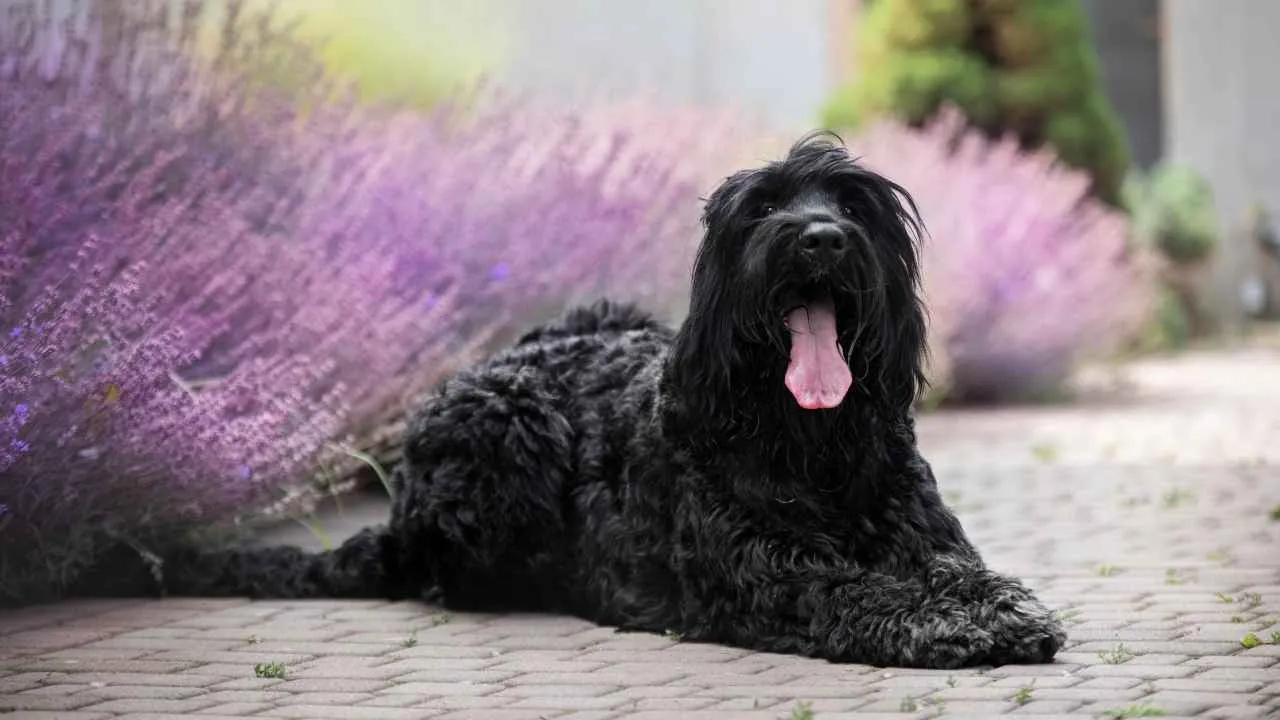
The Black Russian Terrier is characterized by its thick and black double coat, large square, hard, and prominent mustache and beard. It was originally bred in Russia during the 1940s and 1950s to become a versatile military and working dog, as noted by the RBTClub UK.
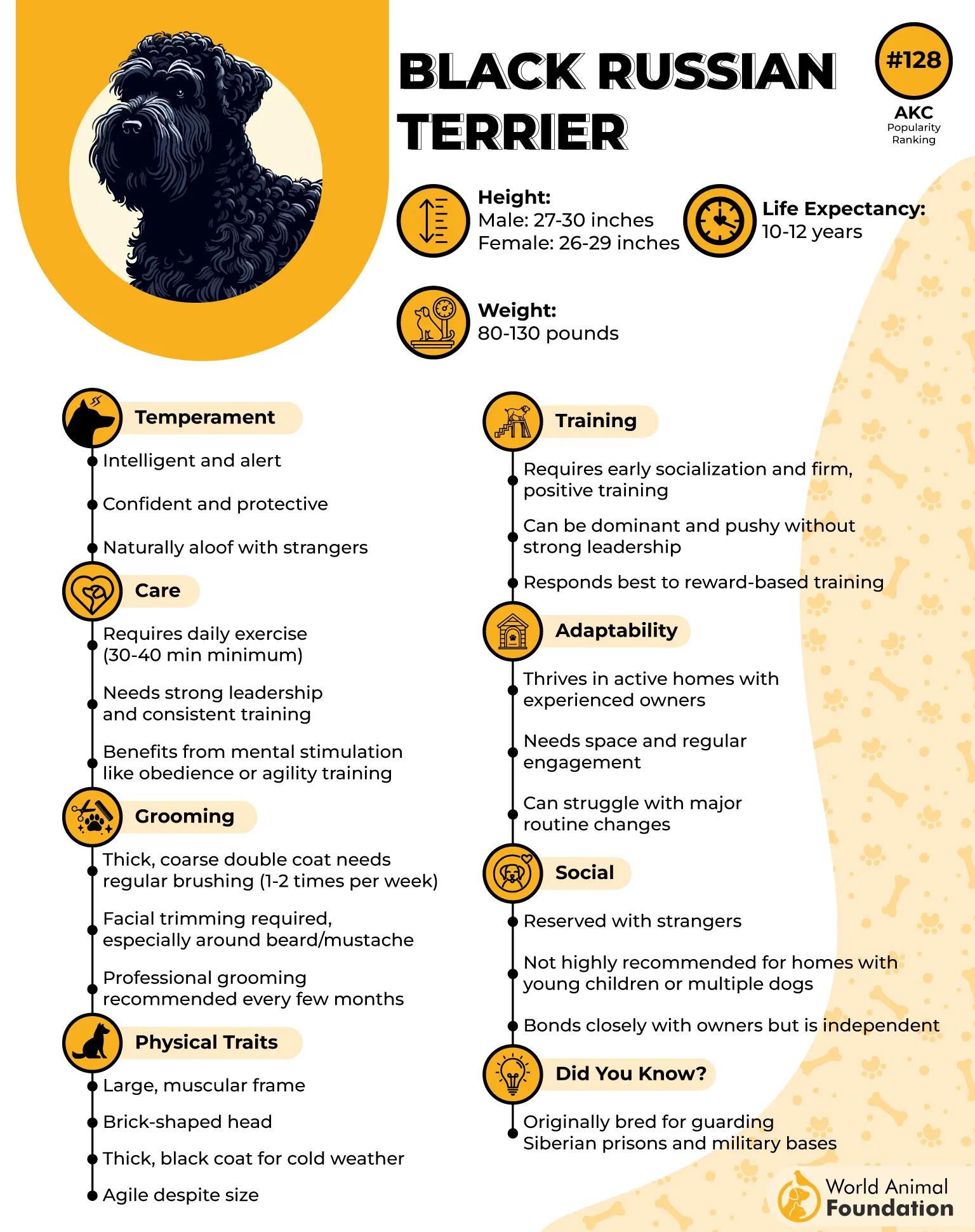
High Grooming Requirements
This black dog breed is a high-maintenance breed as its coat needs regular brushing to avoid matting. The owners of these dogs also have to learn to trim around their face to keep the mustache and beard in check. This can be quite difficult for seniors with mobility issues to manage.
Consistent Socialization
The Black Russell Terrier needs consistent socialization so that it may be able to interact and be comfortable with new animals, people, and in new situations.
5. Alaskan Malamute
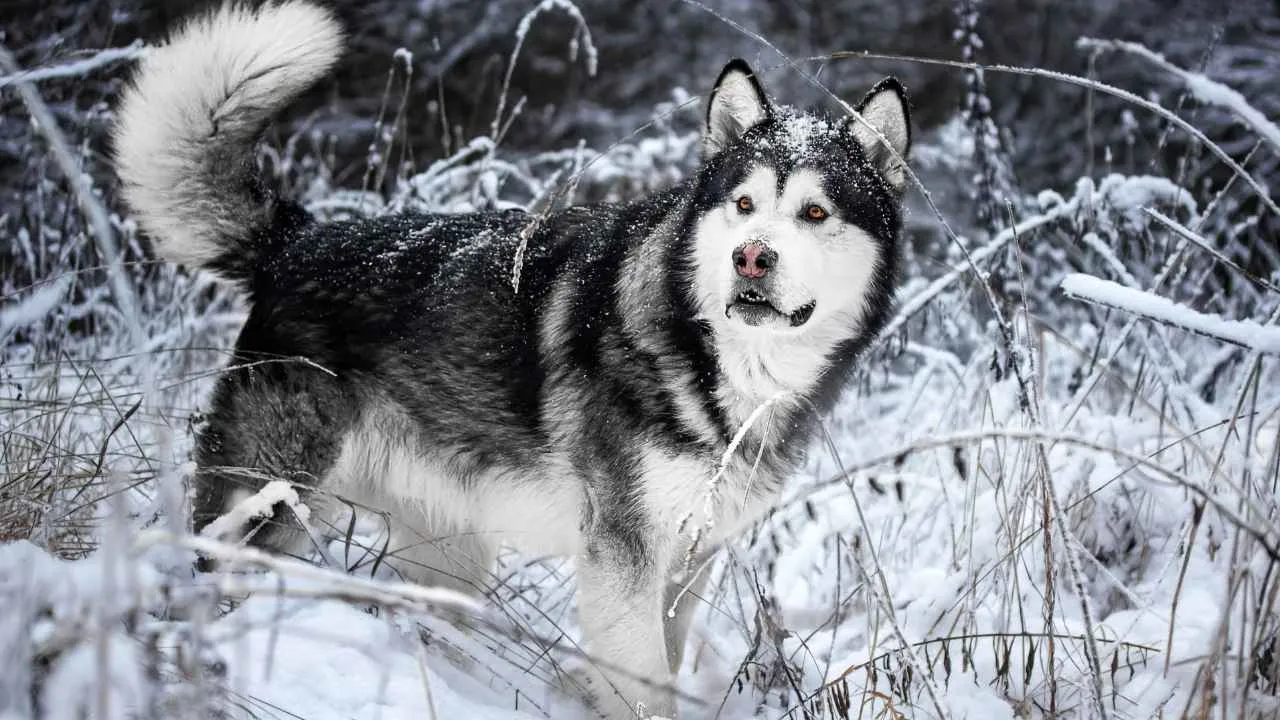
The Alaskan Malamute is yet another dog breed that you should steer clear of while looking for dogs for someone with mobility issues. Just like most of the Alaskan dog breeds, the Alaskan Malamute also has a strong and massive build and a double coat for insulation.
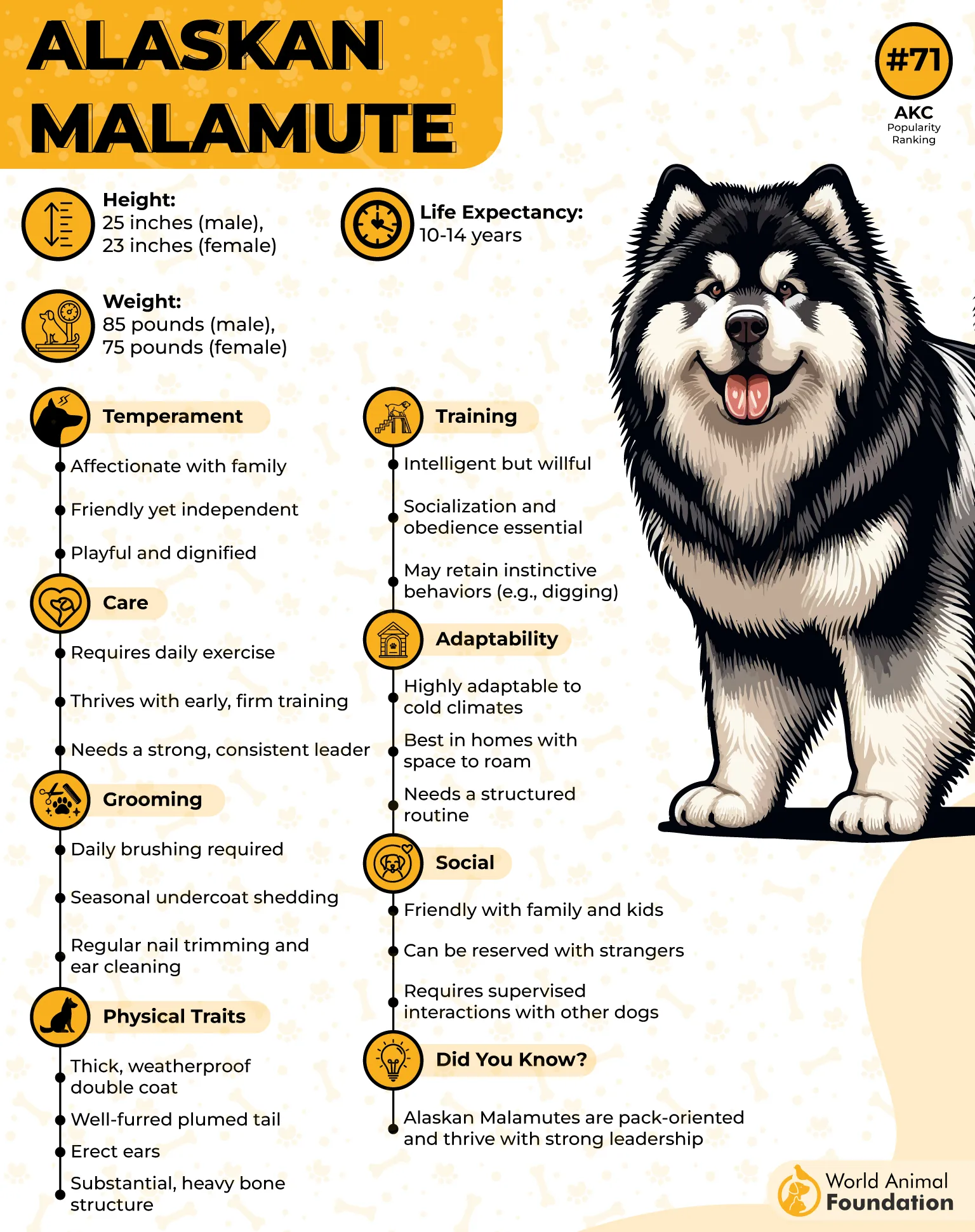
Bored Easily
The Alaskan Malamute was originally bred to pull sleds across long distances. Moreover, it is included in the category of large dogs tend to have a higher energy level and may require more exercise compared to smaller breeds.
As a result, these dogs are athletic and have high exercise requirements, and they become bored easily. In such situations, they can become restless, destructive, or vocal.
Stubborn and Independent
The Alaskan Malamute has an independent spirit, a bit like that friend who loves you dearly but still insists on doing things his own way. They’re loyal at heart, yet their strong will and stubborn charm remind you that they’re never just following orders.
Therefore, the Alaskan Malamute needs a confident owner who is able to handle its stubborn streak. Senior citizens who wish to have a laid-back and easy-to-handle dog will find this dog overwhelming.
6. German Shepherd

German Shepherds are among the most intelligent and highly trainable breeds.
German Shepherds were originally bred for herding and guarding sheep during the late 1800s. Due to this, German Shepherds are inherently alert and watchful. However, this alertness can be a downside for senior citizens who want a quiet environment.

Difficulty of Handling the Massive Build
These loyal and confident canines can grow as tall as 26 inches and weigh up to 90 pounds. This strong and massive build makes them difficult to handle for those with limited mobility issues.
Prone to Degenerative Joint Disease
German Shepherds are prone to Degenerative Joint Disease. So they require additional veterinary care and attention, which can be difficult for senior citizens to provide.
7. Greyhound
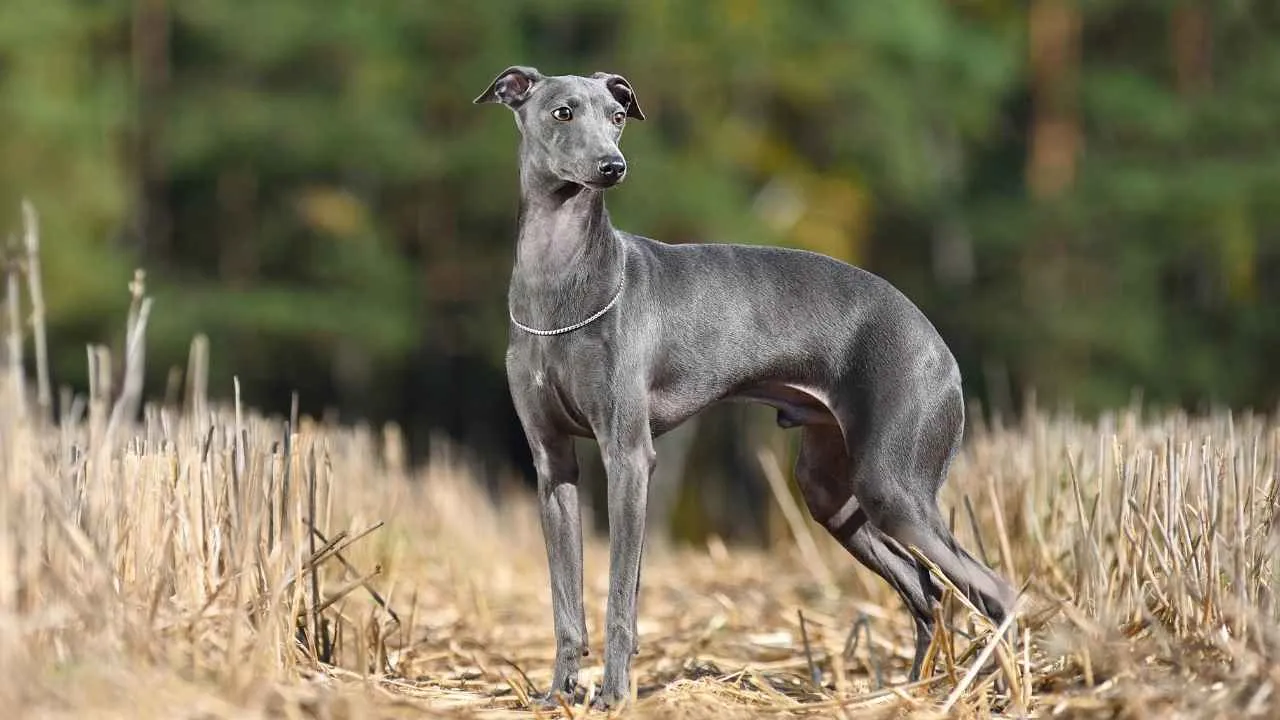
The Greyhound is characterized by its narrow, aerodynamic skull and shock-absorbing foot pads, which make it an excellent sprinter. They were originally bred for hunting and chasing foxes, hares, and deer.
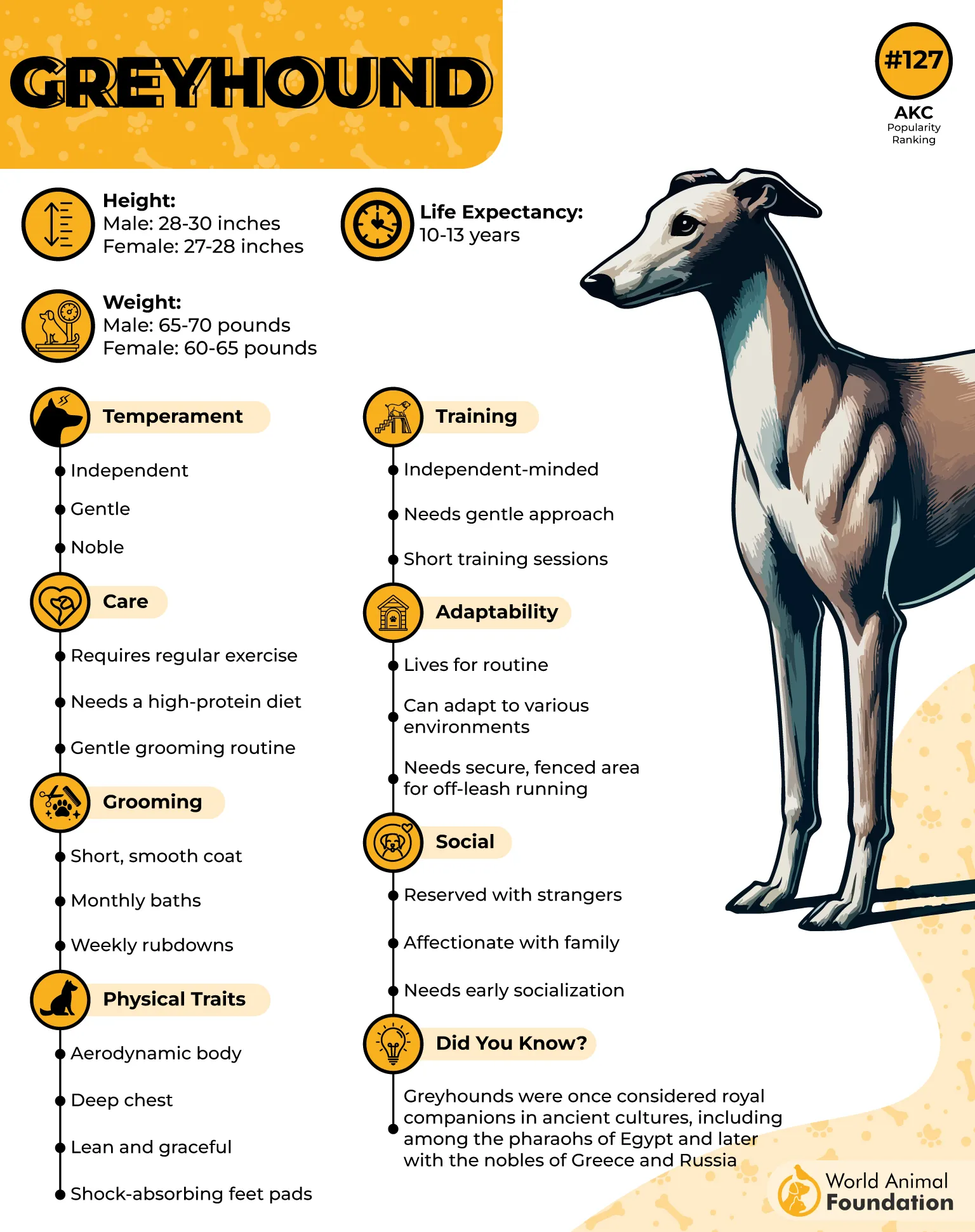
Physically Demanding
Greyhounds, despite their racing background, are low-energy at home and can be a suitable large dog option for seniors. However, large dog breeds like Greyhounds can be physically demanding for seniors, especially those with limited mobility or strength.
Prone to Separation Anxiety
Despite their seemingly aloof and intimidating build, Greyhounds are very clingy when it comes to their loved ones. They cannot live without their owners even for a few moments. They begin to become anxious and can turn to destructive behaviors if left alone for a long period.
Conclusion
Understanding a dog’s behavioral traits is essential when selecting a breed for seniors. Every breed has its strengths and challenges, but not every breed is the perfect one for your parents or grandparents.
Small dog breeds can also display aggressive tendencies and should be evaluated carefully when considering a companion for seniors. Large dog breeds, on the other hand, can be physically demanding for seniors, especially those with limited mobility or strength.
The above-mentioned breeds have traits that make them unfit for senior citizens with mobility issues.


